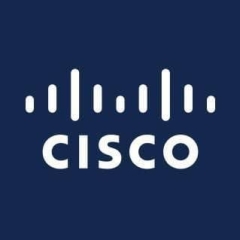We have been utilizing Cisco Ethernet Switches to establish networks tailored to the customer's needs. For instance, if they want to set up a network for their office or personal use, but not for large corporations. I am not as proficient or experienced with implementing it for large enterprises.
Cisco Ethernet Switches have a lot of valuable features. One that stands out to me is its ease of implementation.
The ease of use of Cisco Ethernet Switches could improve. It is different to use them if you do not have prior knowledge.
I have been using Cisco Ethernet Switches for approximately six months.
The stability of Cisco Ethernet Switches is great. Once we did have a problem Cisco was quick and fast to solve it.
The support was quick to solve one of the issues we were having with stability.
The initial setup of Cisco Ethernet Switches can be simple, but it does require some level of experience and certification. Once you have that, it's easy to apply all your knowledge and scripts to real-world scenarios.
The deployment took some time because we had to configure each one individually and troubleshoot any issues that arose. Once we were able to successfully ping the last router and access the internet, we were finished. However, some of our trouble may have been due to our lack of experience and professionalism as some of my colleagues who work with Cisco and other solutions did not have as much difficulty. It ultimately depends on how much hands-on experience you have with the products.
I rate the initial setup of Cisco Ethernet Switches a seven out of ten.
The solution has different prices depending on the features that you want to have.
I would recommend Cisco Ethernet Switches for those who have prior knowledge because they can be difficult to use.
I rate Cisco Ethernet Switches a nine out of ten.
















